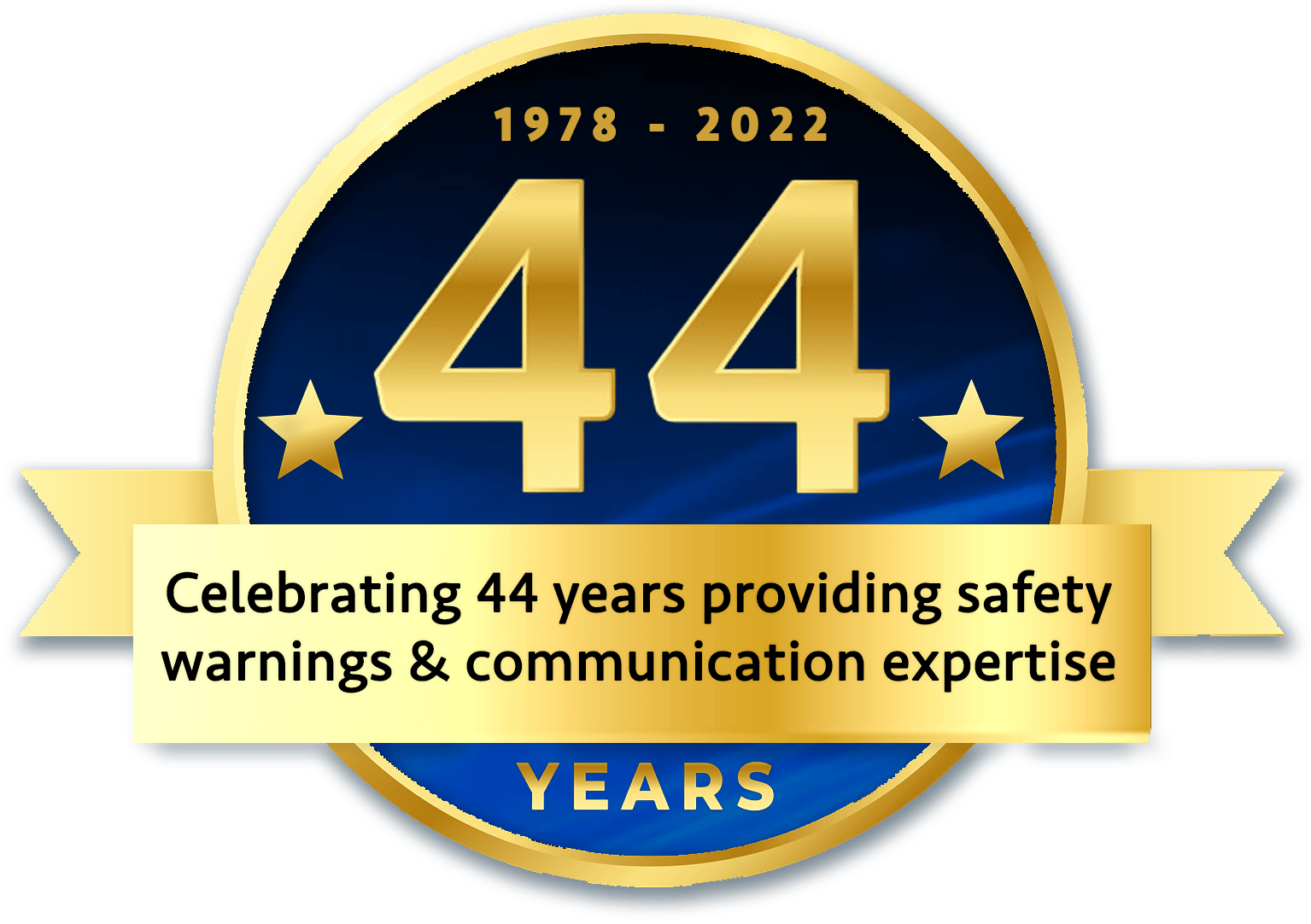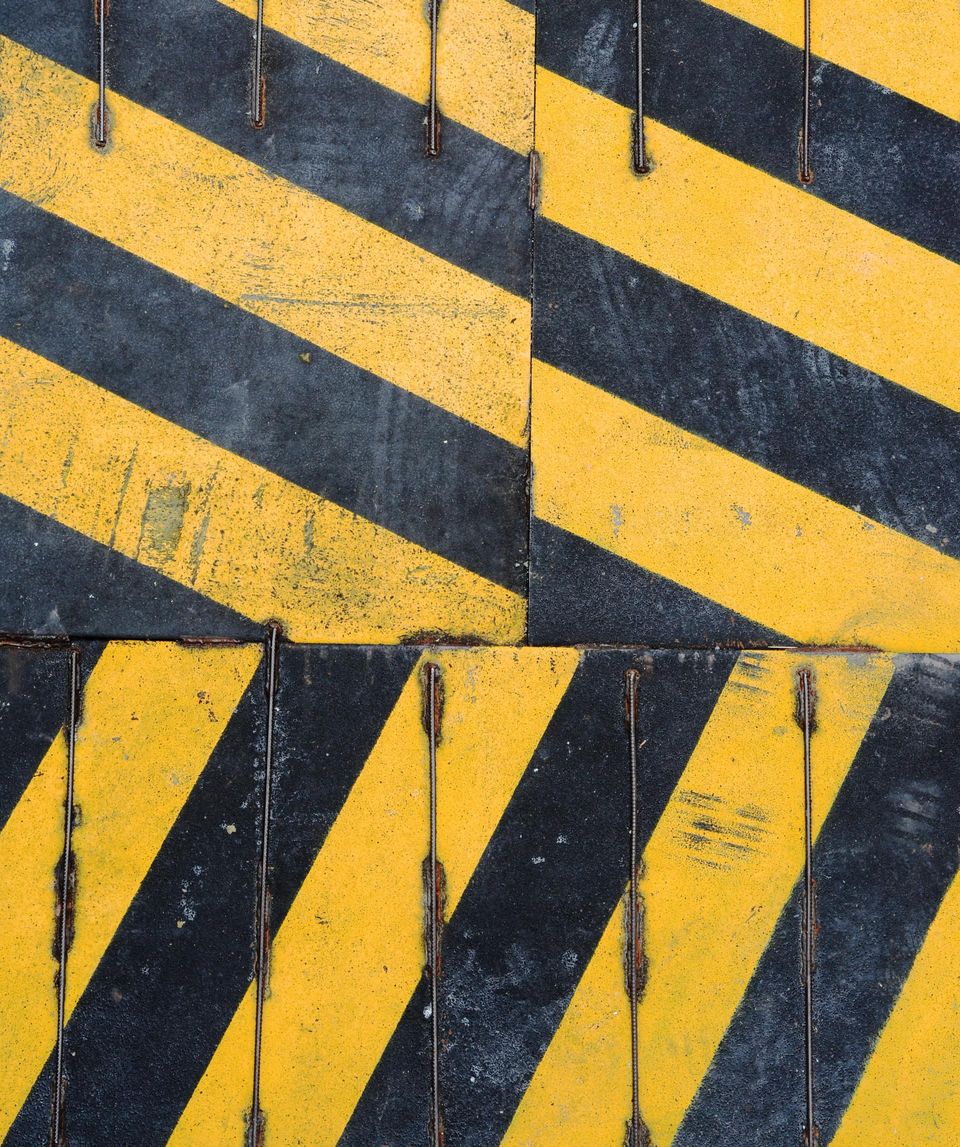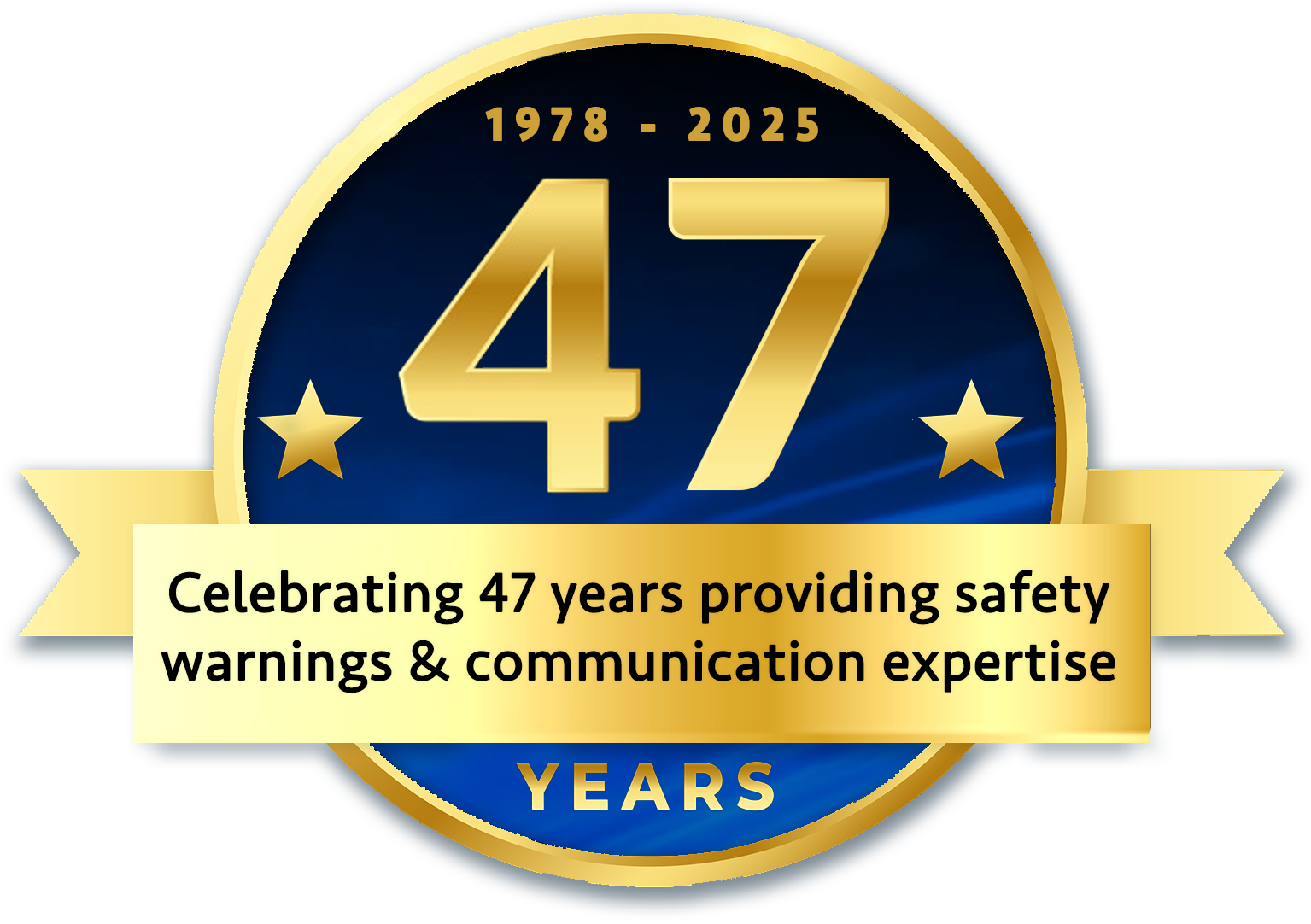REGULATORS NEED TO REGULATE
In my latest book, MURDER, INC.: HOW UNREGULATED INDUSTRY KILLS OR INJURES THOUSANDS OF AMERICANS EVERY YEAR....AND WHAT YOU CAN DO ABOUT IT, I propose a safety triad that, if all parties in the triad participated equally as to their proposed responsibilities, we might turn the tide from an unsafe country to a less unsafe country....initially. What do I mean by this? Think of a three-legged stool that distributes the weight of a person sitting on the stool, equally among the three legs. But what would happen if we leaned heavily to one side of the stool, essentially spreading the weight that was once borne by three legs to the two legs remaining braced to the floor. Unfortunately the third leg is no longer contributing to the stability of the stool, which may actually collapse because the two remaining legs may not be able to handle the amount of weight that was intended to be equally distributed among all three legs. In my book, I assign a name and specific responsibilities to each member of the safety triad (or, by analogy, to each leg of the stool): Manufacturers; Consumers; and Regulators. The main responsibility of the manufacturer (in the context of safety) is to design, manufacture and market a safe product and to communicate any potentially hazardous risks to their employees and/or customers so that they can avoid injury, or even death. Despite our expectations that manufacturers will understand and act in a positive manner to "warn" us about potential hazards, their consequences and steps we need to take to avoid being harmed by hazardous conditions designed into their product(s), the reality may not quite match our expectations.
Of course, not all manufacturers act or have acted in a moral and ethical manner and have consistently placed PROFIT OVER SAFETY, often resulting in unnecessary injuries and/or deaths, including even some catastrophic events. When this happens, this is where the second leg of the stool is supposed to kick in, namely the regulators whose main job is to regulate manufacturers by proposing rules that regulators believe will help reduce the likelihood of injury associated with a manufacturer's products. We see this interaction between regulators and manufacturers almost daily, for example, in the auto industry where manufacturers' claims of the best car since Swiss cheese often fall prey to the regulators...National Highway Traffic Safety Administration (NHTSA) recalls defective cars OR when the Consumer Product Safety Commission (CPSC) bans all three wheel ATV's due to their dangerous instability OR the Food and Drug Administration (FDA) rules that a pharmaceutical company must add a black box warning on its drug so that the public will understand the possible side effects associated with their new miracle drug. In other words, we, the consuming public have come to expect that just as our parents protected us from all the harms and evils threatening a toddler or youth, so will the regulatory agencies responsible for the safety of the products, vehicles, food and drugs we buy and/or consume, protect us from all the evils or unexpected flaws in these products and their sometimes catastrophic consequences. But, what if these agencies don't do their job? Possibly they were too cozy with the manufacturers they were to regulate OR, possibly the regulators, ignoring their independent charge as neutral overseers of a greedy corporate environment only too eager to sacrifice safety for the profits resulting from such actions, received new marching orders, possibly from their boss in the White House.
Unless you have enjoyed a Rip Van Winkle nap for the last two years, that is exactly what you have seen happen here in our country under the leadership of a President who has systematically, mostly through executive orders, delayed, dismissed or rolled back several hundred, perhaps even a few thousand government regulations, many of which were intended to protect our safety, our homes, our transportation systems and our environment, resulting in the threat (and even the reality) of newly injured or killed American workers and consumers. With the assistance of a long-standing Washington, DC creation, The Revolving Door, which summons as new regulators to DC, the very people whom they are supposed to regulate. I did a study of ALL senior regulators installed since the creation of all safety-related agencies and found that 68% of all senior regulators had either come from or went to the same industry they were to regulate. Apparently, this is the one area where bipartisanship has not lost its way because over the decades, the votes to confirm almost all of these obviously conflicted (by the revolving door) regulators was consistently unanimous. This sounds to me like the "rigged system" that Donald Trump has been howling about for the last two years. In one of the most egregious examples of Trump's deregulatory frenzy, our President has tabled for more study the FDA's recent (after many years of research and comments) recommendations for changes to our food chains's labeling of nutritional ingredients. This callous act of ignoring the recommendations of dozens of experts, scientists and nutritionists will negatively affect millions of diabetics in the U.S. who applauded the FDA's recommendation to consolidate all added sugar in a food product and label it all as "added sugar" to replace the prior collection of technical/scientific terms such as "high fructose corn syrup" or my favorite, "Evaporated Cane Syrup."
The third leg of my safety triad is you, the worker and/or the consumer. who when faced with a greedy corporation and a totally conflicted regulator must take steps, mostly self-educational, to protect you and your family. That means going to the library, reading newspaper stories, making phone calls to regulators and manufacturers alike, reading warning and safety labels and instructions, joining consumer advocacy groups. In other words, if the people who make unsafe products and the government regulators can't or won't do their jobs, we the people must take charge of our own safety, gather as much information as possible, so that we can make informed choices for us and our loved ones. We have no other choice, especially under the current administration.
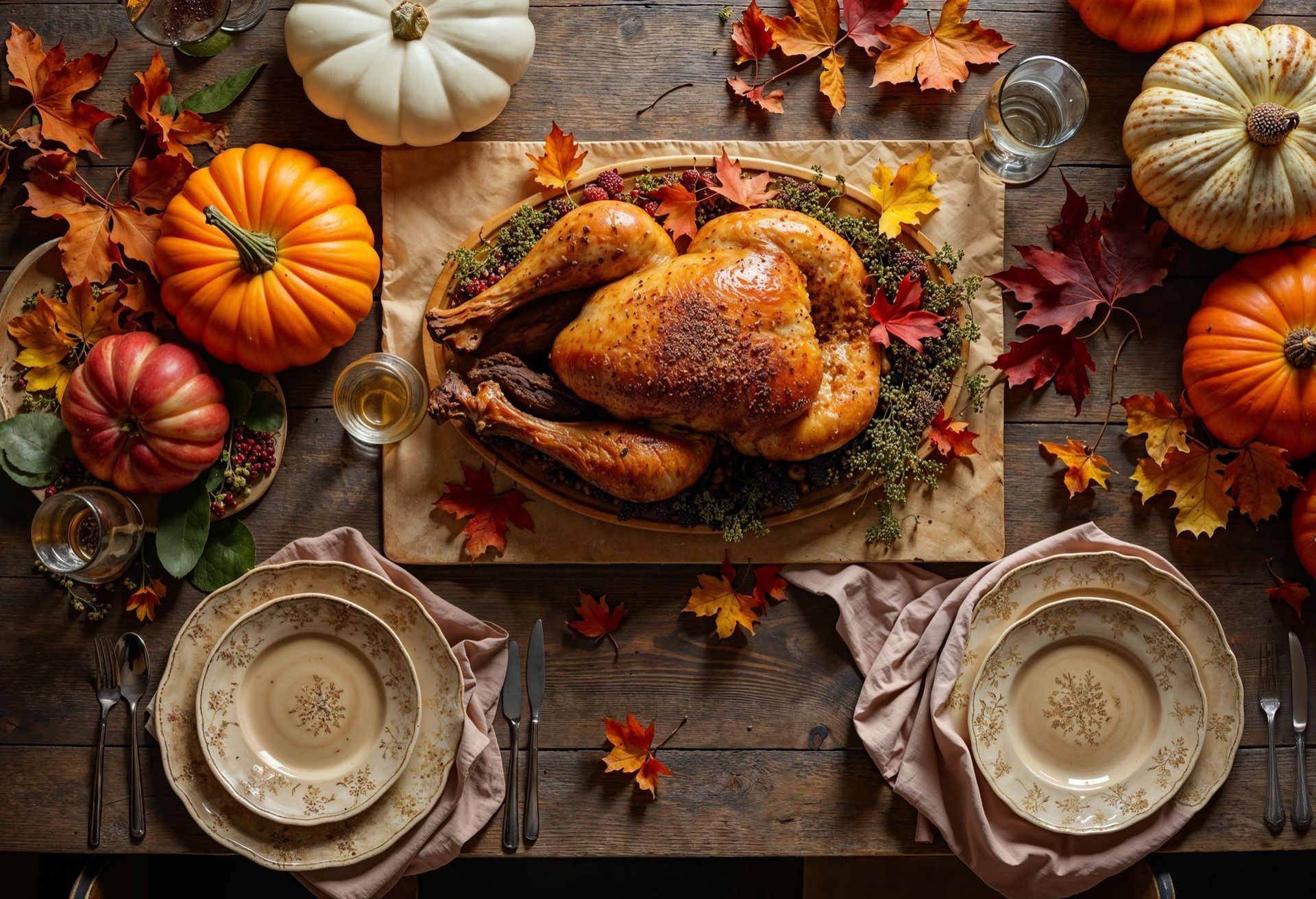
As Thanksgiving approaches, kitchens across the country are about to come alive with the sounds and smells of holiday cooking. While this season brings family, gratitude, and plenty of delicious food, it also comes with a serious and often overlooked risk: foodborne illness. In the U.S., Salmonella and Listeria remain two of the most dangerous and persistent causes of food poisoning—especially during the holidays, when increased food preparation, crowded refrigerators, and large holiday meals create ideal conditions for bacterial growth.Whether you’re hosting your first Thanksgiving dinner or you’re a seasoned holiday chef, brushing up on a few key food safety practices can help you keep your loved ones healthy and your celebration memorable for all the right reasons.

The race to develop autonomous vehicles (AVs) has reached a pivotal moment. Alphabet-owned Waymo, widely regarded as the frontrunner in the field, has rolled out fully driverless taxis in Phoenix, San Francisco, and Los Angeles, with plans to expand to additional cities. But as more Waymo vehicles hit public roads without human drivers, the question looms large: Are they truly safer than the people they’re replacing behind the wheel?

We are now in the middle of another football season, and the question, as asked every year: Is this sport safe enough for our high school, college, and professional athletes to play? Football has always been a violent sport of collision, glory, and growing concern. Over the last decade, research tying repetitive head impacts to chronic traumatic encephalopathy (CTE) has shaken parents, players, and the game’s governing bodies. The central realities are straightforward but sobering: repeated head impacts — both diagnosed concussions and the many “sub-concussive” blows players take — are linked to later-life brain pathology; helmets and add-ons can lower impact forces, but no helmet or cover has been shown to prevent CTE; and rule and culture changes that reduce the number and severity of head impacts are where the biggest gains lie.
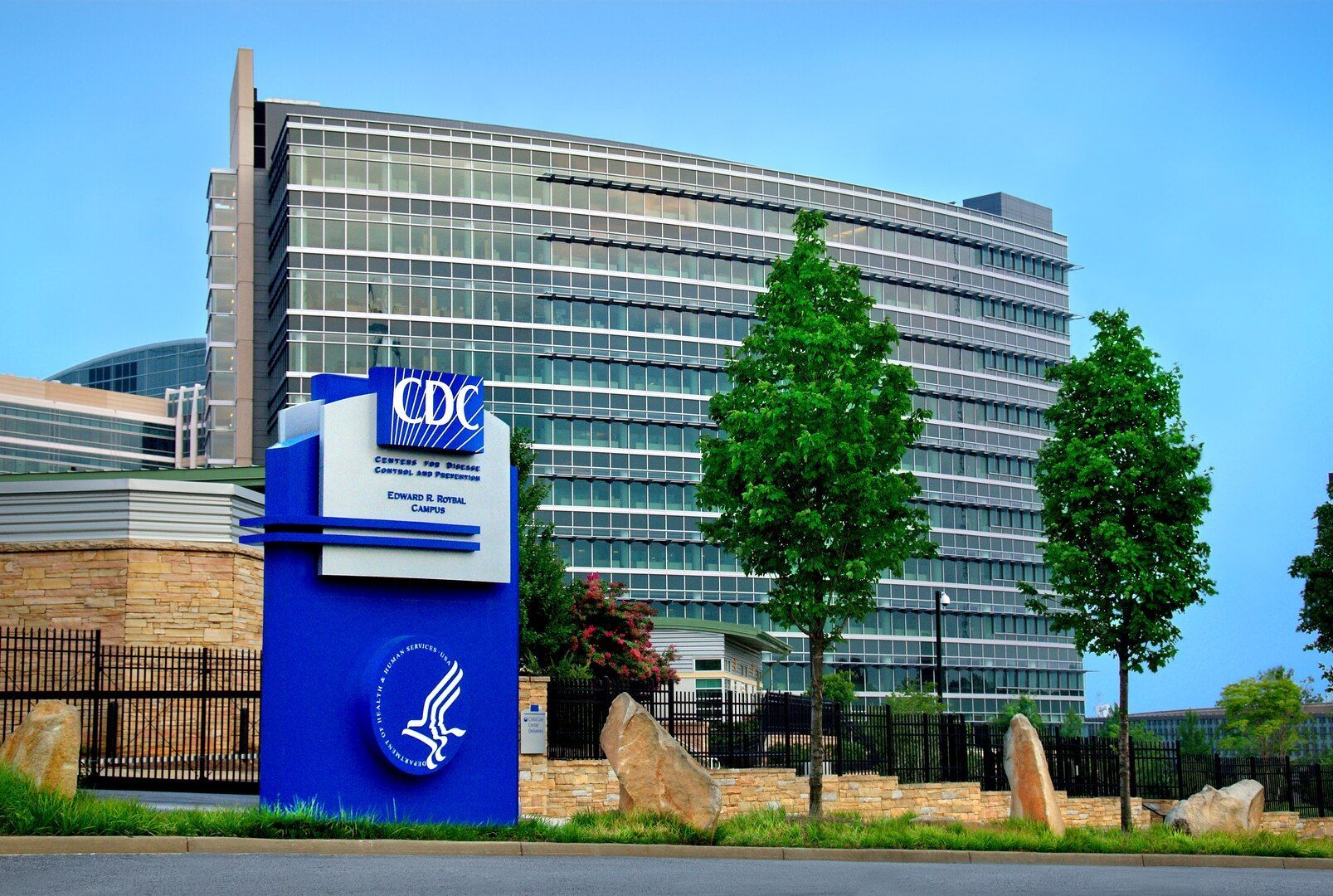
The Centers for Disease Control and Prevention (CDC) has long been viewed as the nation’s front-line defense against disease outbreaks, health emergencies, and public health threats. But today, the agency faces internal turmoil, political interference, and organizational confusion that experts warn could have dangerous consequences for the U.S. healthcare system—and for ordinary Americans.

From July 3–4, 2025, Central Texas—especially Kerr County and the Guadalupe River basin—experienced catastrophic flash flooding that claimed over 130 lives, including children and staff at Camp Mystic. As grief and outrage settle, survivors and officials alike are questioning whether enough was done to warn those most at risk.
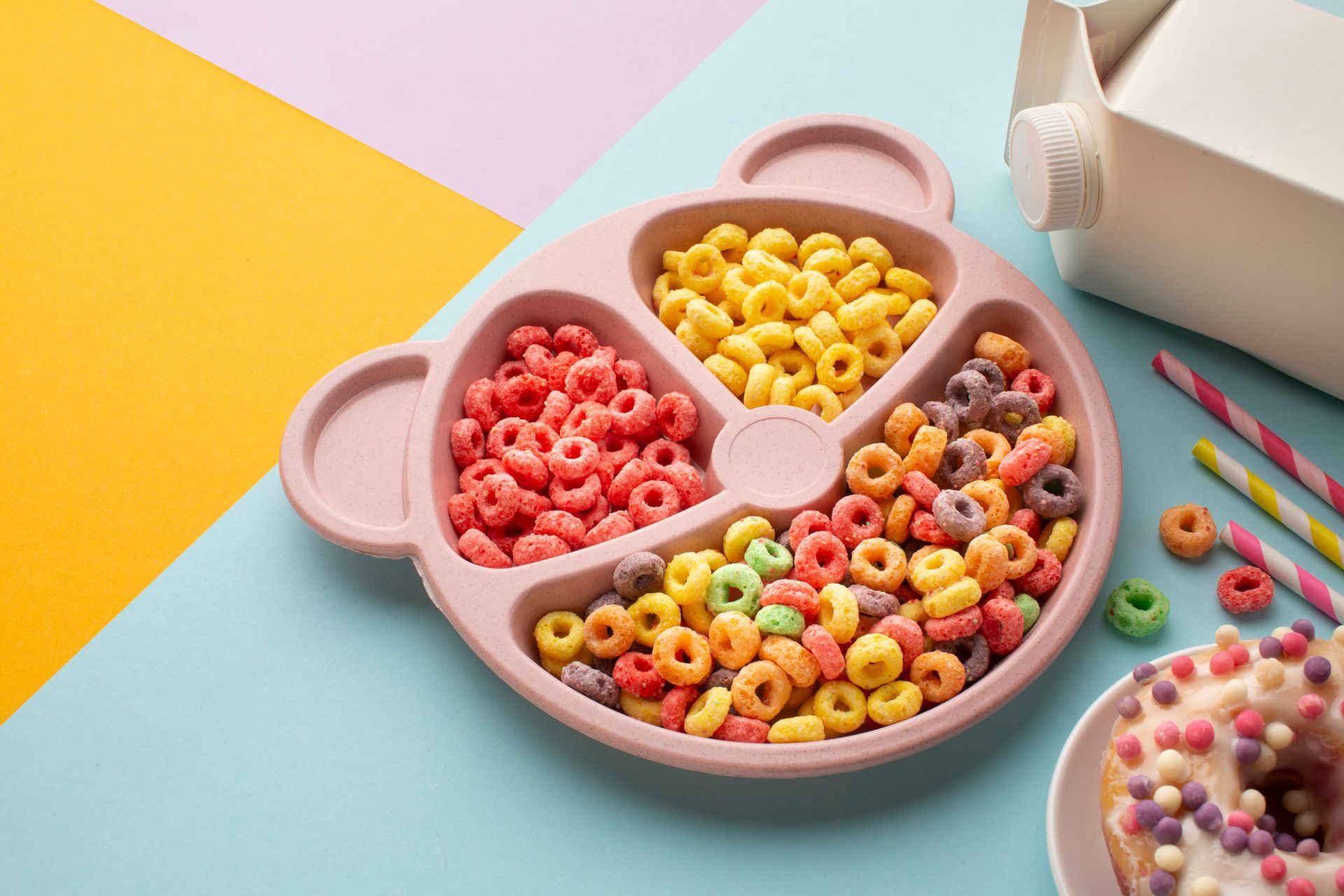
On June 22, 2025, Governor Greg Abbott signed Senate Bill 25 (SB25), known as the Make Texas Healthy Again Act. Beginning January 1, 2027, Texas will require prominent on-pack warning labels whenever food sold in the state contains any of 44 specific additives—including synthetic colorants like Red 40, Yellow 5, Blue 1, titanium dioxide, bleached flour, and partially hydrogenated oils. The mandated label must declare the following:
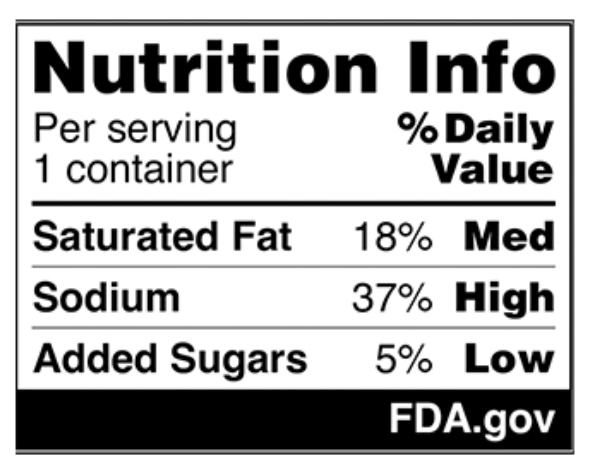
The FDA is delaying implementation of a rule that would require food companies to print nutritional information on the front labels of their products. The proposed rule was developed by President Biden’s Administration, with a comment period scheduled to close on May 16. The rule is designed to help consumers make better choices to avoid chronic health problems. Such problems—and consumer choices about nutrition—are things President Trump’s Secretary of Health and Human Services, Robert F. Kennedy Jr., has repeatedly touted. Even though hundreds of comments have been filed about the proposed rule, Kennedy’s Food and Drug Administration is delaying the close of the comment period by 60 days. Most of the comments filed so far have come from food companies and food industry trade organizations. “ A 60-day comment period extension allows adequate time for interested parties to submit comments while also not significantly delaying rulemaking on the important issues in the proposed rule ,” according to the FDA’s announcement about the delay.
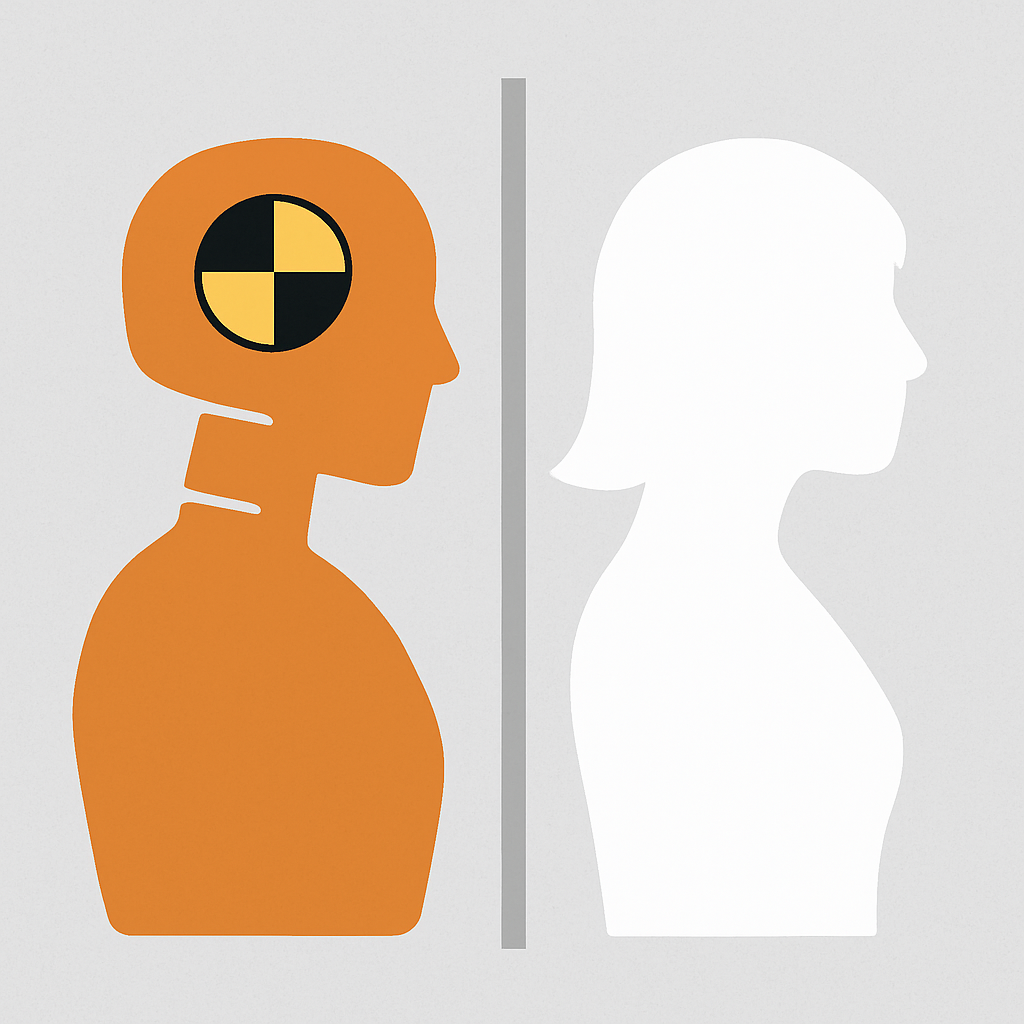
Car accidents are a leading cause of injury and death worldwide, yet the safety measures designed to protect occupants in these life-or-death situations have long ignored a critical reality: women are more likely to be severely injured or killed in crashes than men. This disparity isn't rooted in biology alone—it’s also a result of a troubling oversight in the automotive industry’s safety testing protocols. For decades, crash-test dummies, which serve as proxies for human passengers in simulated collisions, have been modeled after the average male physique, leaving women out of the equation entirely. The Alarming Data Gap The implications of this gender gap in safety testing are both staggering and infuriating. Women, on average, have different body compositions than men—they tend to be shorter, lighter, and have different muscle distributions and bone densities. These physiological differences mean that women’s bodies interact with car safety features—such as seat belts, airbags, and headrests—in distinct ways. When vehicles aren’t tested with dummies that accurately represent female anatomy, crucial data about how to better protect women in crashes is simply ignored. Studies have revealed the dire consequences of this exclusion. Research from the University of Virginia found that women are 47% more likely to sustain serious injuries in car accidents compared to men, even when accounting for variables like seatbelt usage and crash severity. Women are also significantly more likely to suffer whiplash injuries due to the positioning of headrests, which are often designed with men’s neck dimensions in mind. These statistics aren’t just numbers—they represent lives cut short, families broken, and untold suffering that could have been mitigated with equitable safety testing.
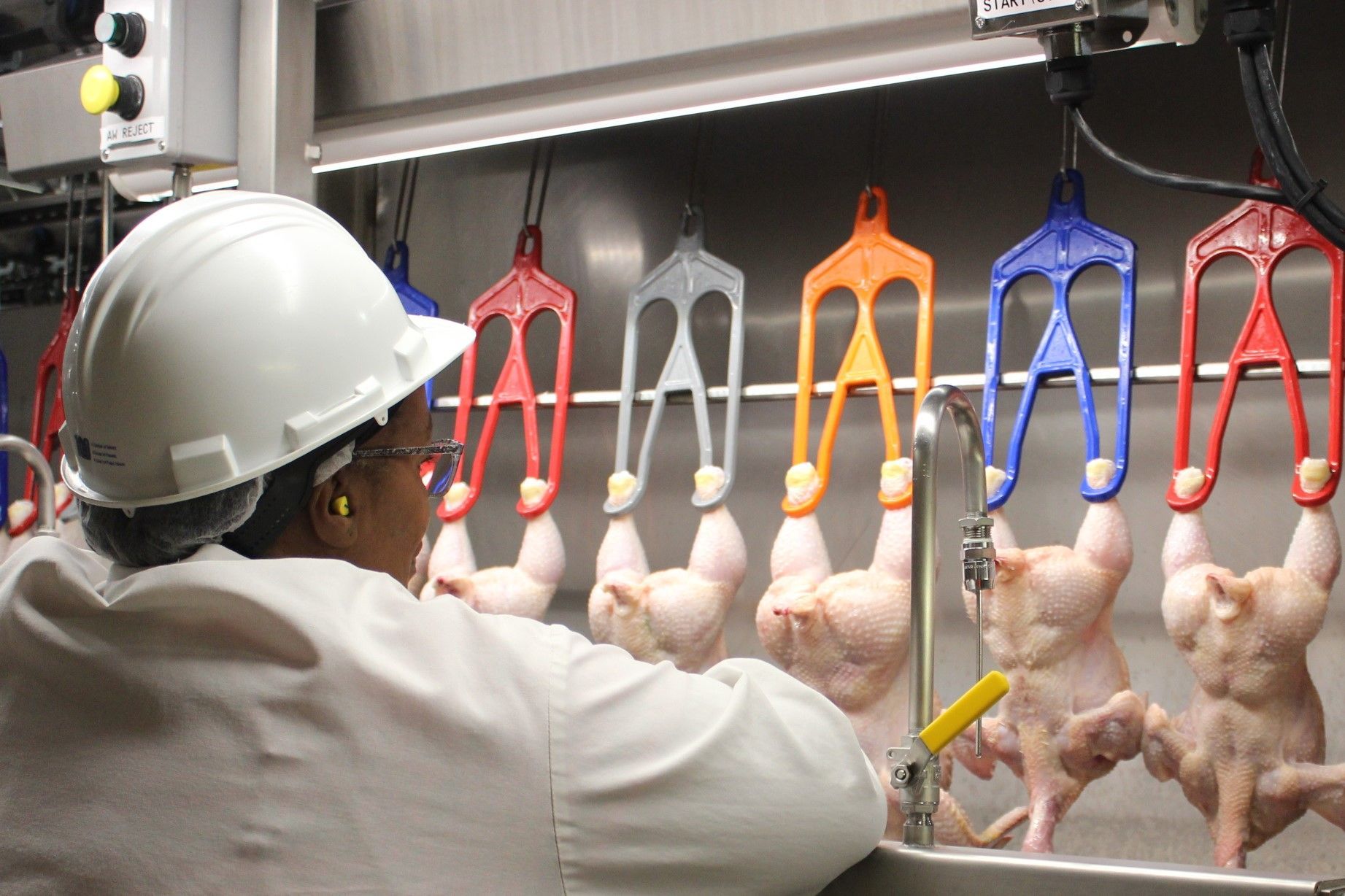
Recent budget cuts at the Health and Safety Science Services (HSSS) have sent shockwaves through the scientific and public health communities, threatening the very infrastructure designed to protect us from disease outbreaks, food contamination, and medical crises. These cuts have affected food inspectors, vaccine scientists, Alzheimer’s researchers, and experts studying bird flu, among others—positions that are essential to ensuring public safety and advancing critical medical research. The consequences of these decisions will be dire, potentially reversing years of progress and exposing society to increased health risks.
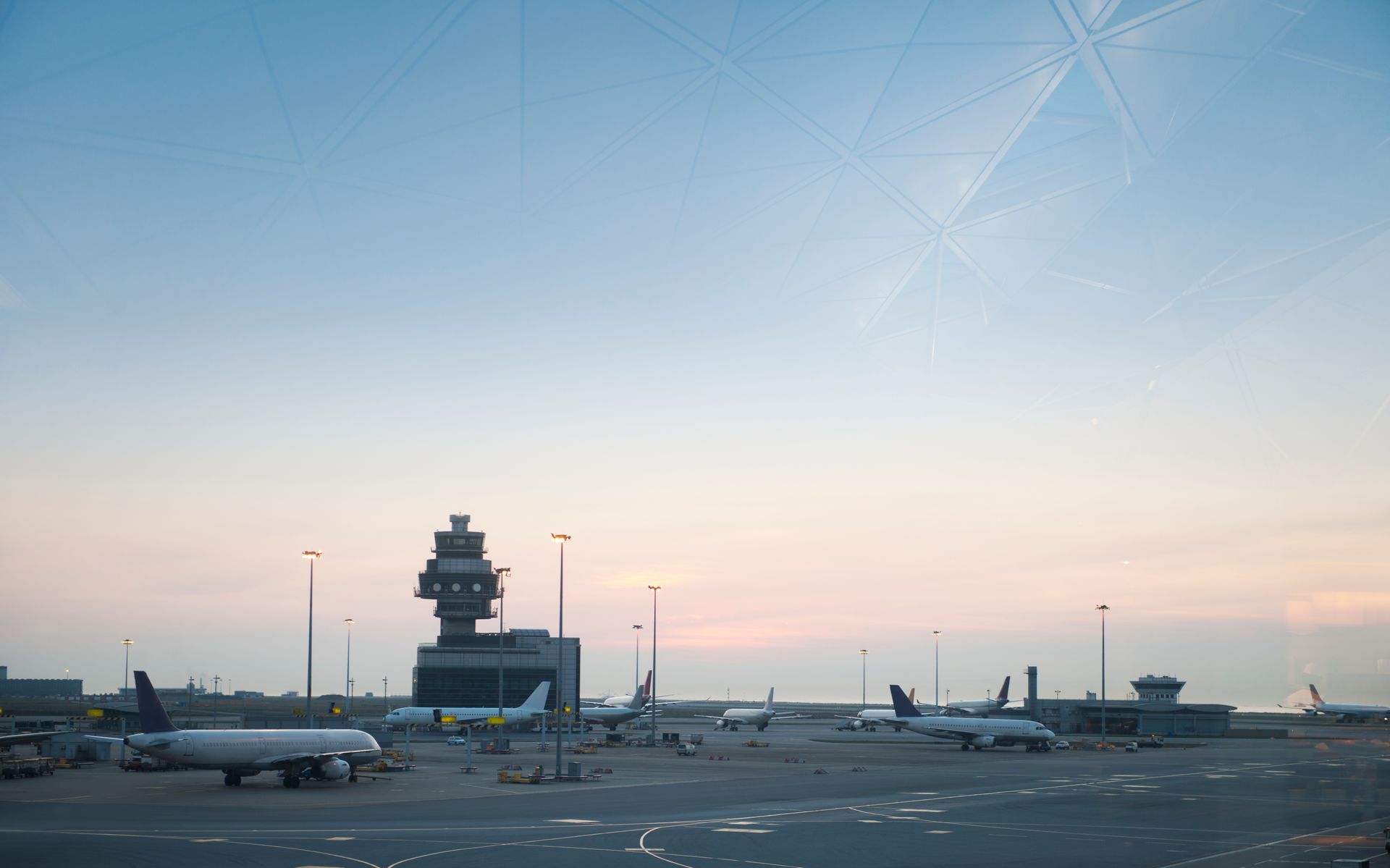
As Elon Musk's Department of Government Efficiency (DGE) pushes for sweeping reforms and cost-cutting across federal agencies, concerns are mounting over the impact on critical public safety roles. Among the most alarming areas affected is the Federal Aviation Administration (FAA), where staff reductions may threaten the lives of millions of air travelers. The DGE, established with a mandate to streamline government operations and reduce bureaucratic waste, has come under fire for its aggressive downsizing tactics. Critics warn that essential safety personnel, including air traffic controllers, are being cut under the guise of efficiency, leaving the nation's airspace dangerously understaffed.
